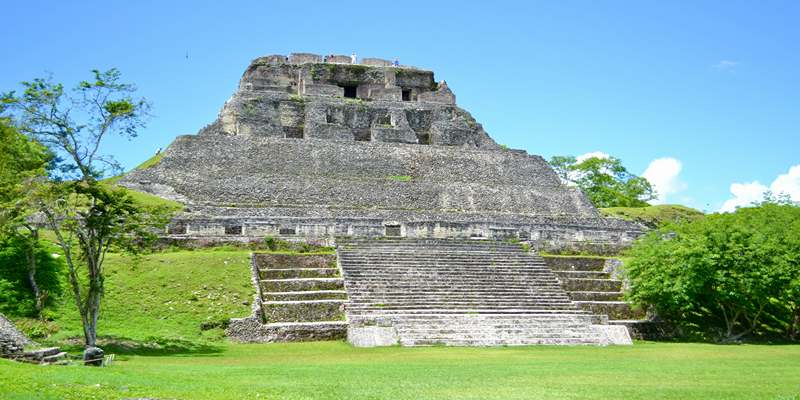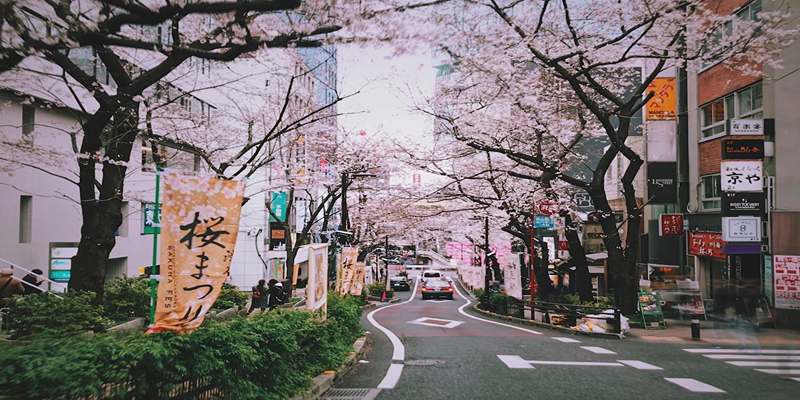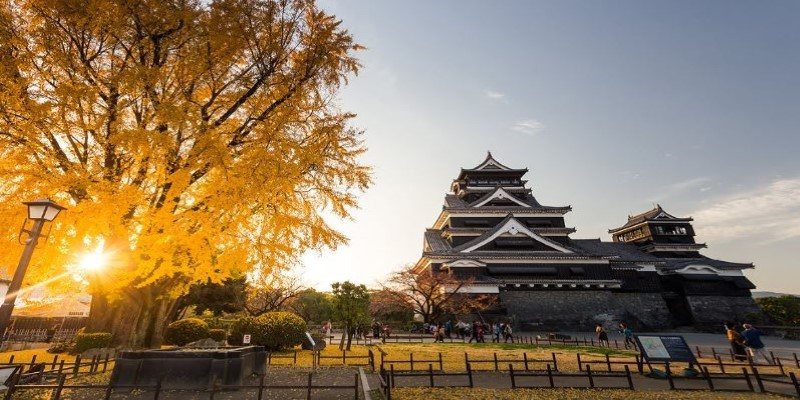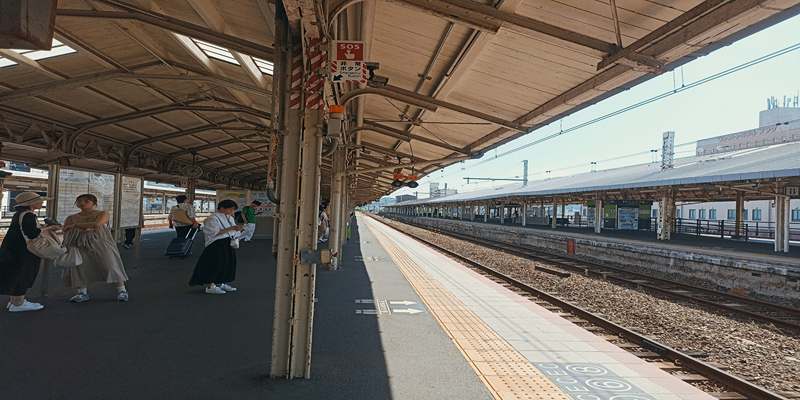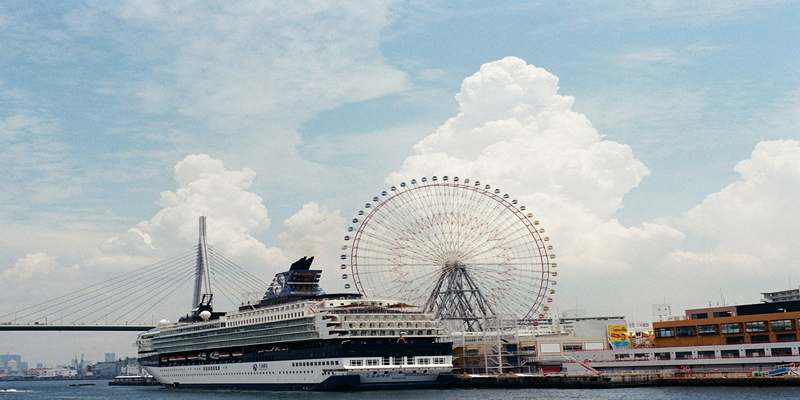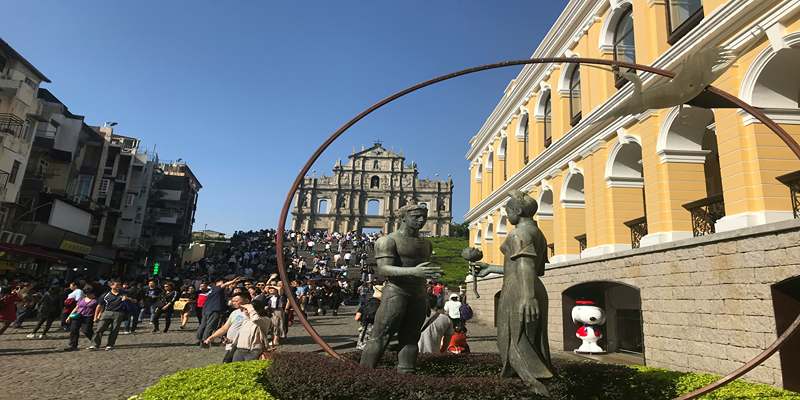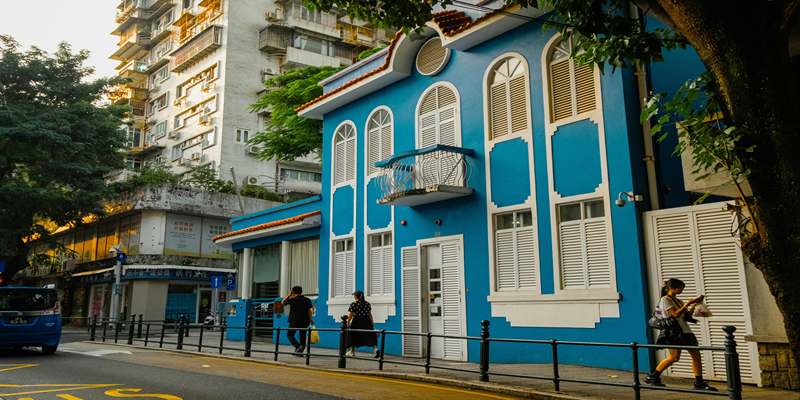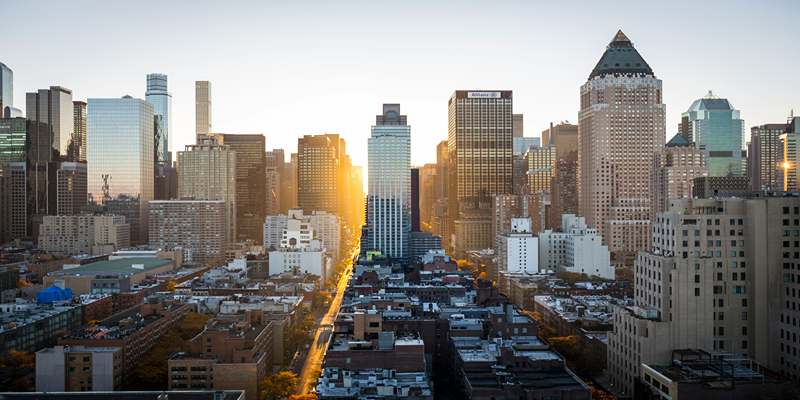Located in the westernmost corner of Honshu, Yamaguchi is a hidden gem of Japan, offering a peaceful escape from the hustle and bustle of major cities. Rich in history, it features charming Edo-period streets, sacred temples, and preserved samurai districts. Yamaguchi is also home to stunning natural landscapes, including dramatic limestone formations and picturesque coastal views.
Visitors can explore ancient castles, relax in traditional hot springs, and experience serene temples. With its unique blend of culture, history, and nature, Yamaguchi provides an unforgettable and tranquil travel experience for all types of explorers.
Top 10 Things to Do in Yamaguchi
Here are the top 10 things to do in Yamaguchi, a region full of rich history, stunning landscapes, and unique cultural experiences:
Kintaikyo Bridge – An Iconic Wooden Masterpiece
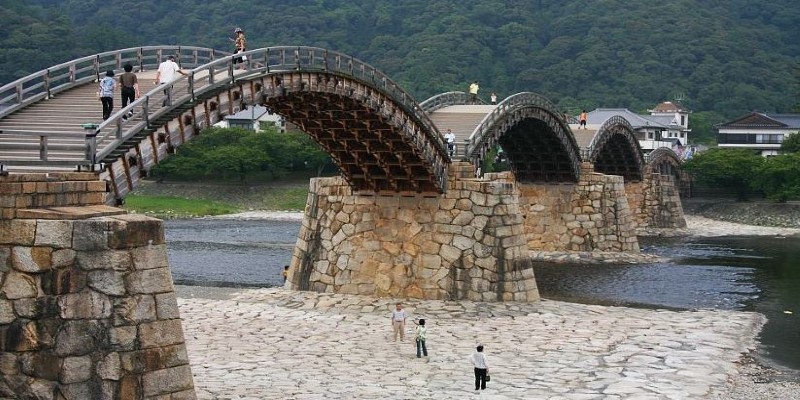
One of the most photographed landmarks in Yamaguchi, the Kintaikyo Bridge in Iwakuni, is a marvel of traditional Japanese craftsmanship. Spanning the Nishiki River, this five-arched wooden bridge has stood the test of time, offering a picturesque setting that changes with the seasons. Springtime brings cherry blossoms, while autumn colors make the scene even more breathtaking. Crossing the bridge brings one to Kikko Park, where tourists can walk through a restored samurai quarter and reconstructed Iwakuni Castle.
Akiyoshidai and Akiyoshido Cave – A Hidden Underground World
The Akiyoshidai Plateau is Japan's most unusual landscape, with undulating limestone hills that extend to the horizon. Underneath this wonder is Akiyoshido Cave, Japan's largest limestone cave. The subterranean tunnel is almost a kilometer long and displays huge chambers, eerie rock formations, and an underground river. The cave's refreshing atmosphere and otherworldly majesty make it a destination in itself for nature enthusiasts.
Ruriko-ji Temple – A Five-Story Pagoda of Timeless Beauty
Ruriko-ji Temple in Yamaguchi City is home to one of Japan's most elegant pagodas. Built-in the 15th century, this five-story wooden structure stands as a masterpiece of traditional Japanese architecture. The temple grounds are peaceful, offering a quiet place to reflect while enjoying the surrounding gardens. They are especially beautiful when illuminated at night.
Tsunoshima Bridge – A Scenic Drive Over Turquoise Waters
For breathtaking coastal views, a drive across Tsunoshima Bridge is a must. Stretching nearly 1.8 kilometers over the sea, this bridge connects the mainland to the idyllic Tsunoshima Island. The crystal-clear waters below and the endless horizon create one of Japan’s most stunning scenic routes. The island itself is perfect for relaxing on the beach or exploring local seafood restaurants.
Motonosumi Shrine – A Pathway of 123 Red Torii Gates
Motonosumi Shrine is one of Yamaguchi’s most unique spiritual sites. Perched on a cliff overlooking the Sea of Japan, the shrine is famous for its 123 vermillion torii gates that lead down to the coastline. The contrast of the bright red gates against the deep blue ocean makes for an unforgettable view. Visitors often try their luck by tossing coins into the high offertory box for good fortune.
Hagi – A City Frozen in Time
Hagi is a former castle town that retains the charm of Japan’s Edo period. Walking through the old samurai district feels like stepping back in time, with its preserved streets, earthen walls, and traditional homes. The city played a vital role in Japan’s modernization, and history lovers will find plenty to explore, from the Hagi Castle ruins to the historic residences of influential figures.
Joei-ji Temple and Sesshutei Garden – A Zen Retreat
For those seeking tranquility, Joei-ji Temple offers an escape into Zen beauty. The highlight here is the Sesshutei Garden, designed by the famous artist Sesshū. The carefully arranged rocks, moss, and water elements reflect the principles of Japanese garden design, making it an ideal spot for peaceful contemplation.
Yuda Onsen – Relax in a Historic Hot Spring Town
Yuda Onsen, a renowned hot spring town in Yamaguchi, offers visitors a chance to unwind in natural thermal waters, believed to have therapeutic benefits. With a history spanning centuries, the town features many traditional inns and bathhouses with open-air baths. These peaceful surroundings make it the perfect place to relax and rejuvenate, providing an authentic onsen experience steeped in history and tranquility.
Shimonoseki – The Gateway to Fugu Cuisine
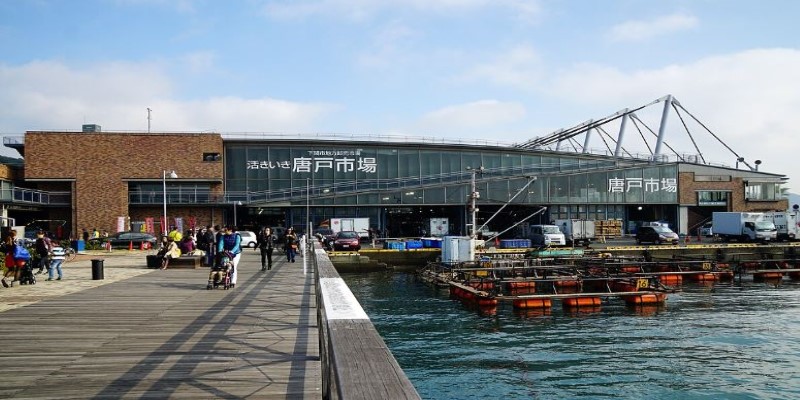
Shimonoseki, Japan’s fugu (pufferfish) capital, is known for its exquisite preparation of this delicacy. Whether served as sashimi, in a hot pot, or grilled, fugu is a must-try in this city. The bustling Karato Market is the best place to sample this dish, where expert chefs prepare it with precision. Beyond its culinary delights, Shimonoseki boasts beautiful coastal views and cultural landmarks like the Akama Shrine, offering visitors both food and history in one destination.
Iwakuni Castle – A Historic Fortress with a View
Iwakuni Castle, perched on Mount Shiroyama, offers breathtaking panoramic views of the surrounding area. Although the current castle is a reconstruction, its design faithfully represents Japan’s feudal architecture. Visitors can take a scenic ropeway ride up the mountain to reach the castle and explore its museum, which houses samurai armor and historical artifacts. The combination of rich history and stunning views makes Iwakuni Castle a memorable and picturesque landmark to visit.
Conclusion
Yamaguchi is a destination that surprises and delights those who take the time to explore it. From ancient temples and preserved samurai streets to breathtaking coastal views and underground wonders, every corner of this prefecture offers something unique. Whether you’re admiring the craftsmanship of Kintaikyo Bridge, soaking in the hot springs of Yuda Onsen, or experiencing the tranquility of Zen gardens, Yamaguchi captures the beauty of Japan in a way that few other places do. If you’re looking for a journey filled with history, nature, and culture, Yamaguchi deserves a spot on your travel list.

